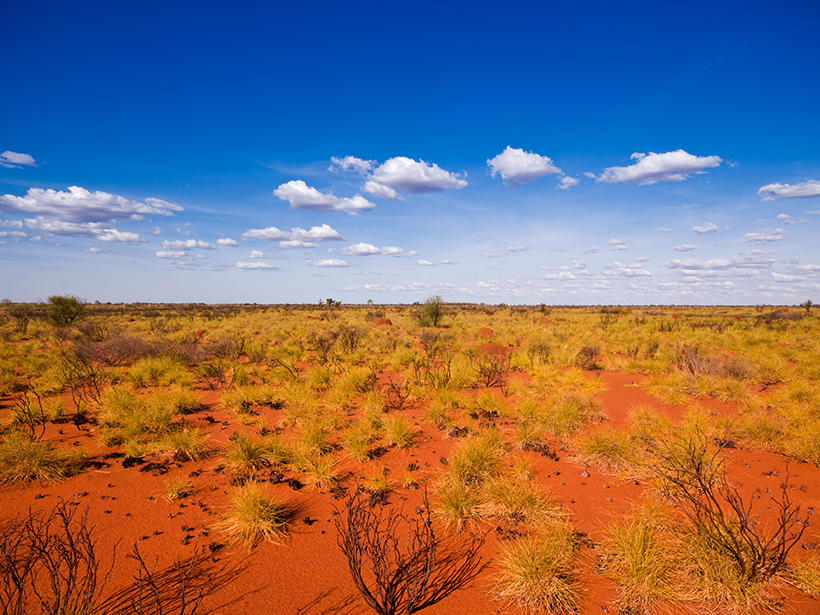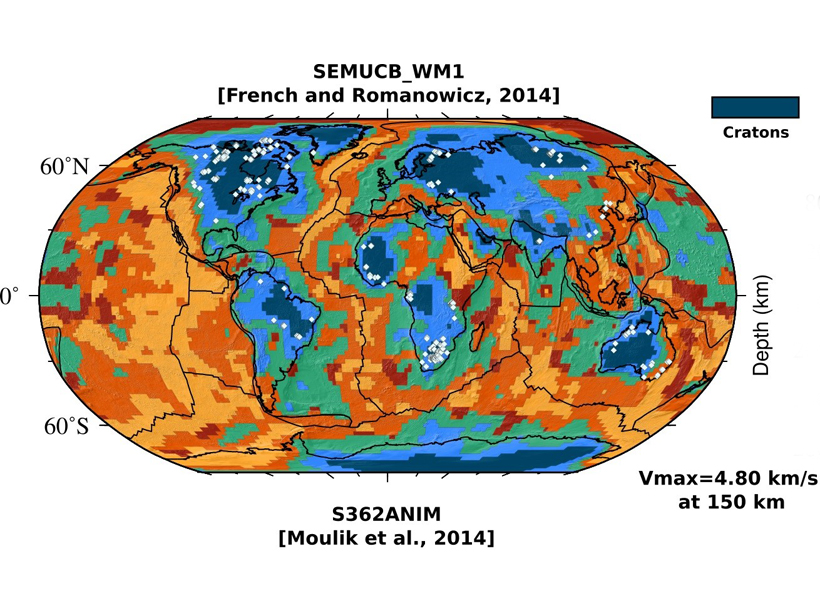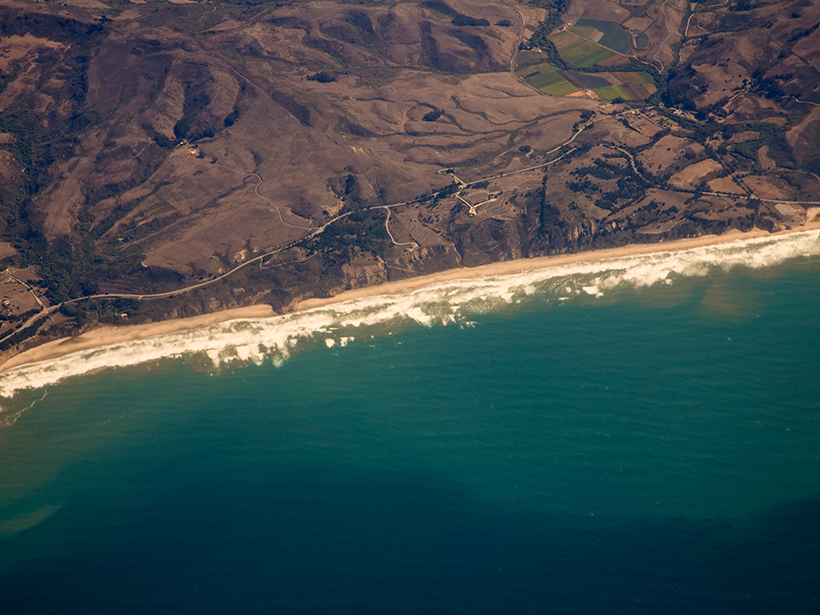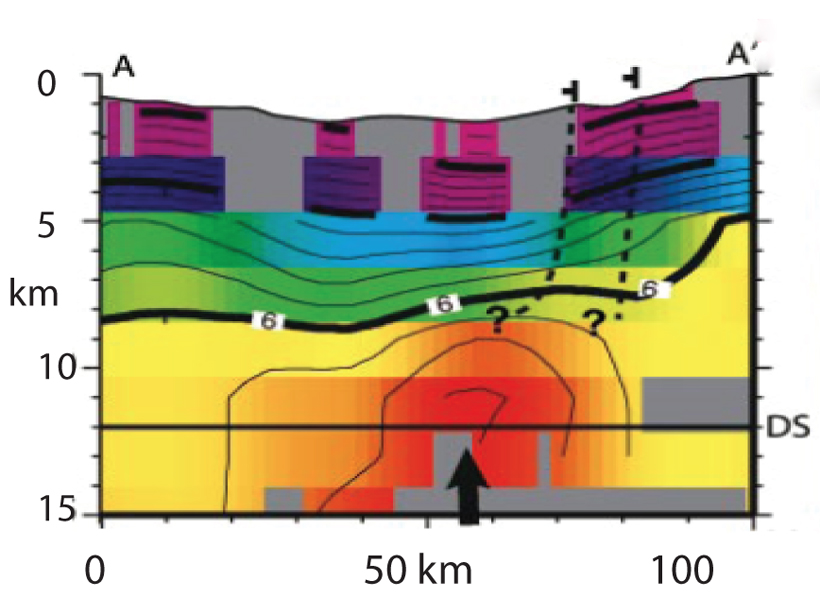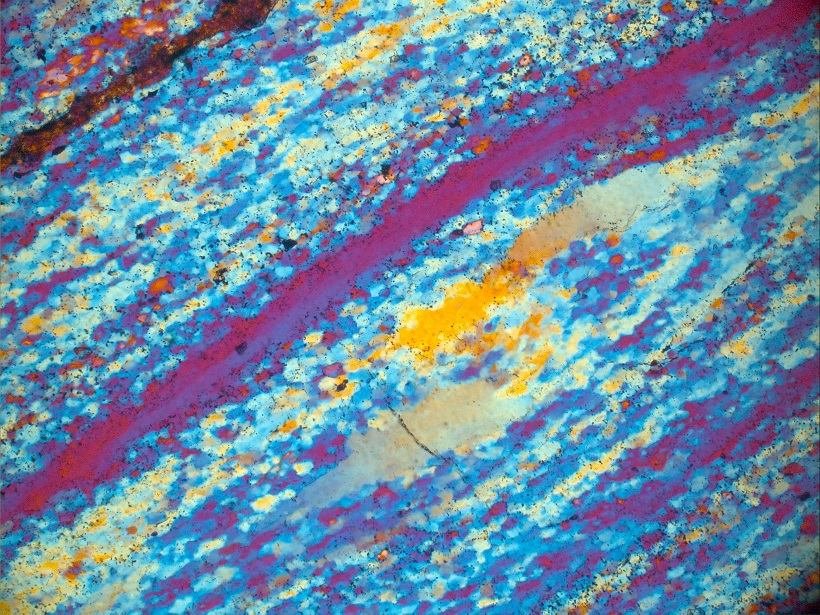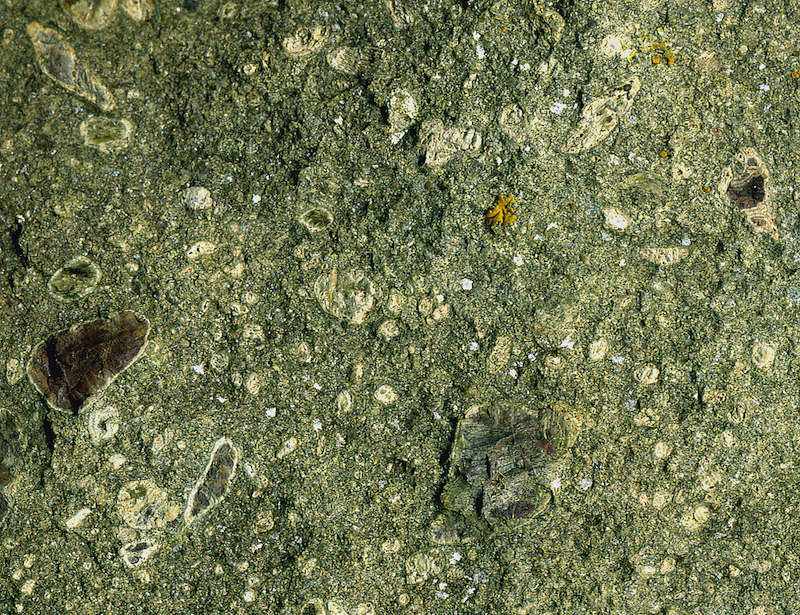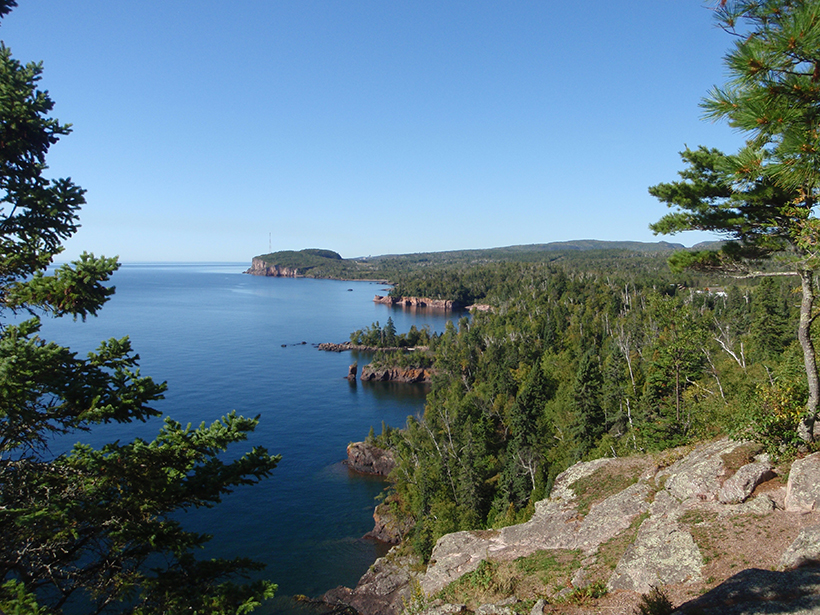Evidence from collision zones suggests that the high temperatures that create regional zones of metamorphic minerals occur in wide, hot back arcs prior to continental collision deformation.
continents
Unraveling the Origins of Australia’s Ancient Mountain Chains
New data synthesis suggests that varying rates of trench retreat along the margin of the Gondwana supercontinent were responsible for the curvature of the Tasmanide mountain chains.
Are Diamonds Ubiquitous Beneath Old Stable Continents?
Although rare at the Earth’s surface, diamonds may be commonplace at depths of 120 to 150 kilometers below the surface within the lithosphere of old continents.
On the Origin of Infragravity Waves
Seafloor pressure sensor data show that long-period ocean surface waves radiating from the world’s shorelines are mostly reflected back to shore by the continental shelf edge.
An Improved Understanding of How Rift Margins Evolve
A new seismic reflection study of the mid-Norwegian margin examines the role that low-angle, high-displacement faults play in the evolution of continental rifts.
Erasing a Billion Years of Geologic Time Across the Globe
The Great Unconformity—a huge time gap in the rock record—may have been triggered by the uplift of an ancient supercontinent, say researchers using a novel method for dating rocks.
The Many Magmatic Modifications to the African Continent
How the very slow moving African Continent, with a lithosphere of quite varied age elements and thickness, has responded to ongoing asthenospheric modification.
The Earth’s Elastic Crust
A recent paper in Reviews of Geophysics discussed how the mineral composition and microfabric of the continental crust influences its seismic properties.
Data Rules for Water Management, Continental Roots, and More
The importance of relevant and consistent data (as well as more samples) spans discussions of water resources and crustal roots at the IGC.
New Insights into North America’s Midcontinent Rift
The Midcontinent Rift has characteristics of a large igneous province, causing geologists to rethink some long-standing assumptions about how this giant feature formed.


